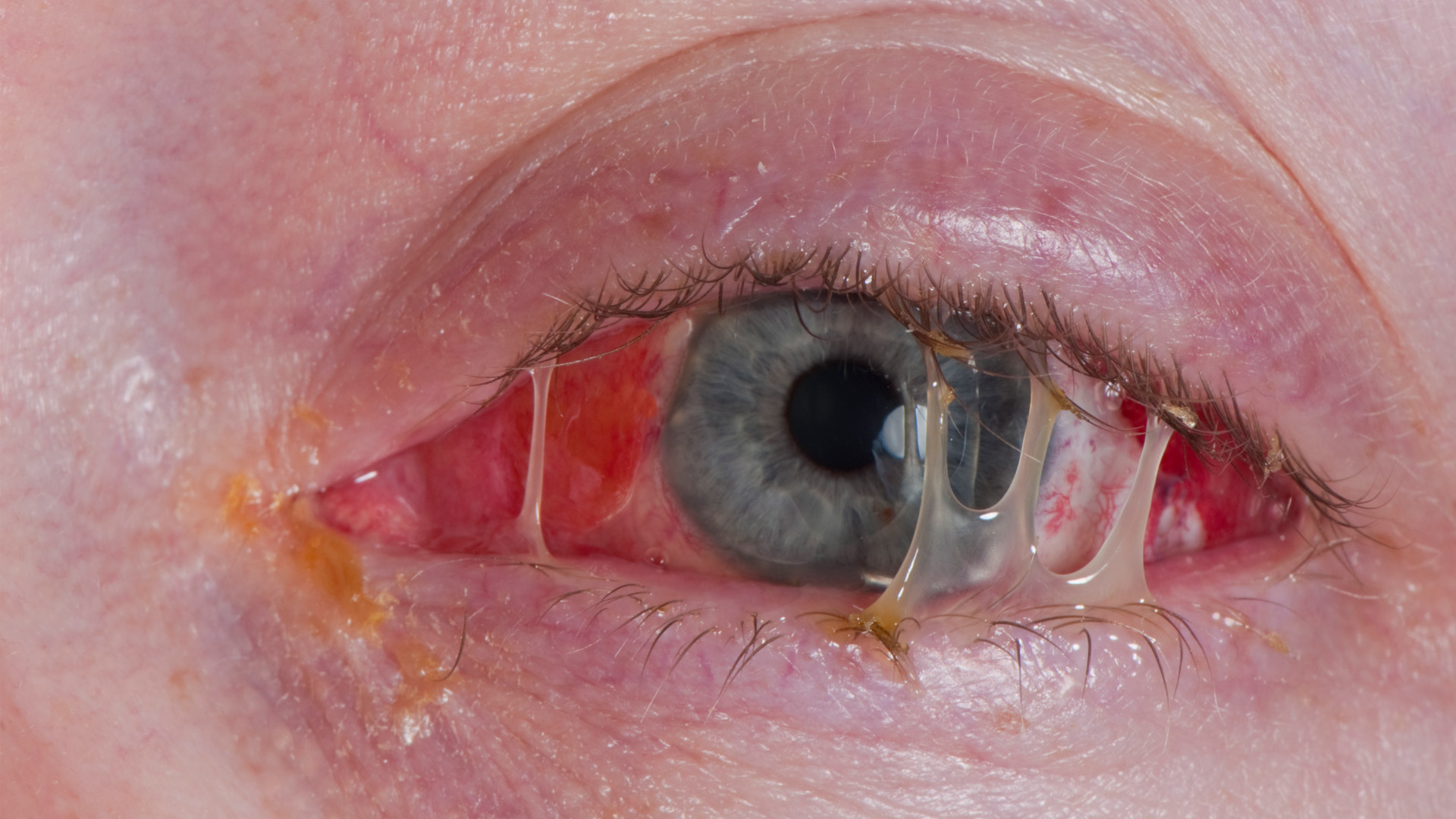
Aimovig can be combined with Botox if you suffer from migraines. This article will explain the use of these medications and how to prevent any negative side effects. The American Academy of Neurology has also endorsed Botox. In fact, the two drugs are recommended to treat migraine headaches together. They can also cause severe side effects.
Side effects of Aimovig
Although botox and Aimovig have not been directly compared in clinical trials, both medications have shown promise in treating chronic migraine headaches. After three months, 40% of patients with chronic headaches experienced fewer headaches. Botox cut headache days by on average 9.2 days per year over 24 weeks compared to non-users. Although both medications are brand names, neither one is available as a generic.
Aimovig side effects are generally minor. However, botosx may cause serious side effects. While serious side effects are rare, it's important to contact your doctor immediately if you experience any of these side effects. For example, if you have high blood pressure, you may experience an increase in pressure while taking Aimovig. Your doctor may suggest an alternative or alternative treatment if this happens.

Botox side effects
It is possible to wonder what to expect when you are using aimovig. Botox, a type of injection, is administered by a doctor to patients every 12 weeks. The procedure includes 31 tiny injections. Botox is a different treatment than Aimovig, but both have similar side-effects. Botox injections might be helpful if you suffer from migraines.
Botox injections don't have any side effects. However the possibility of muscle weakness or eyelid ptosis as well as neck pain are possible. Although these side effects generally disappear after a few months, they can still affect patient compliance. Botox treatment requires that you receive injections approximately every 12 weeks. The injections are painful and can require a cold compress for a few weeks.
Side effects of CGRP mAbs
Although side effects of CGRP inhibitors have been reported in a few clinical trials, they were not universal. Many patients were also affected by other inflammatory comorbidities. Some even experienced an unexpected aggravation of an already existing disease. Some patients were identified as being 'at high risk' but it remains unclear if they are. A cautious approach has been taken due to the lack of information about drug-drug interactions among CGRP inhibitors with other inflammatory comorbidities. Physician awareness of this risk group is essential to ensure safety of CGRP inhibitors, and patient registries are needed to identify patients at risk.
CGRP mAbs can cause severe flares in arthritic and psoriatic conditions. Psoriasis and psoriatic arthritis are both characterized by distinct phases of inflammation. During this initiating phase, keratinocytes secrete probiotic peptides that stimulate plasmacytoid diedritic cells. These peptides encourage myeloid dendritic cell maturation and differentiation into TH1 cells and TH17. Activated myeloid dendritic cells migrate to lymph nodes and further promote inflammation.

Side effects of combination therapy
Botox and Aimovig can be prescribed to treat migraines. Aimovig is an intramuscular injectable that is given once every 12 week. Both medications can have similar side-effects. Both medications can cause serious side reactions when combined. If you're interested in trying one of these drugs, you should consult with your doctor to find out if this combination is right for you. In the meantime, learn about the risks associated with each treatment.
Botox has been approved by the FDA to treat chronic migraines in adults. It requires at least 31 injections. They are repeated every three months. The treatment is safe and has few side effects. However, it can temporarily weaken muscles and decrease patient compliance. It can also affect the release of neurotransmitters such as CGRP. Botox can also cause muscle weakness.